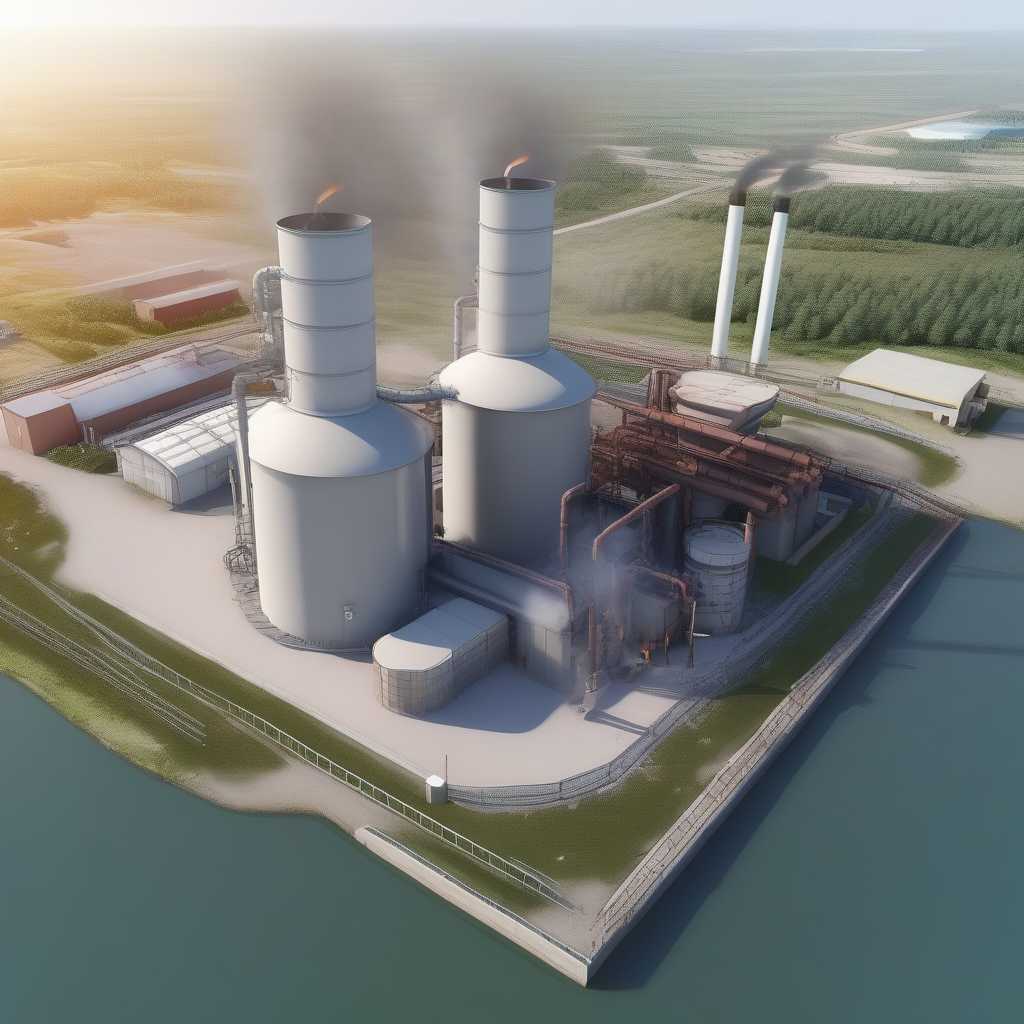Incinerators are large industrial facilities designed to burn waste materials at extremely high temperatures. The primary purpose of incinerators is to reduce the volume of solid waste and convert it into ash, gas, and heat energy. They play a significant role in waste management systems by offering an alternative disposal method for non-recyclable materials that would otherwise end up in landfills.
The incineration process involves loading waste into a combustion chamber and subjecting it to intense heat. This heat breaks down the solid waste into its basic elements, resulting in the production of gases and the formation of ash. The high temperature also helps destroy harmful microorganisms and pathogens present in the waste, making incinerators an effective method for treating medical and hazardous wastes, reducing the risk of contamination or spread of disease.
One of the key advantages of incinerators is their ability to generate energy from waste. As the waste is burned, it releases heat energy, which can be captured and used to generate electricity or heat buildings. This energy recovery feature adds another layer of sustainability to incineration, as it reduces the reliance on fossil fuels for power generation. Some modern incinerators are equipped with advanced technologies like waste heat recovery systems, which maximize energy efficiency and minimize environmental impacts.
However, incinerators have faced criticism and concerns regarding their potential environmental impact. During the combustion process, emissions such as carbon dioxide (CO2), nitrogen oxides (NOx), and sulfur dioxides (SO2) are released into the atmosphere. While these emissions are regulated and controlled by strict environmental standards in many countries, opponents argue that incinerators still contribute to air pollution and climate change. There are ongoing debates around the need for better air pollution control measures and stringent regulations to ensure minimal environmental harm.
In conclusion, incinerators serve as an essential component of waste management systems, providing a means to reduce the volume of non-recyclable waste and generate valuable energy. They play a significant role in the disposal of hazardous and
